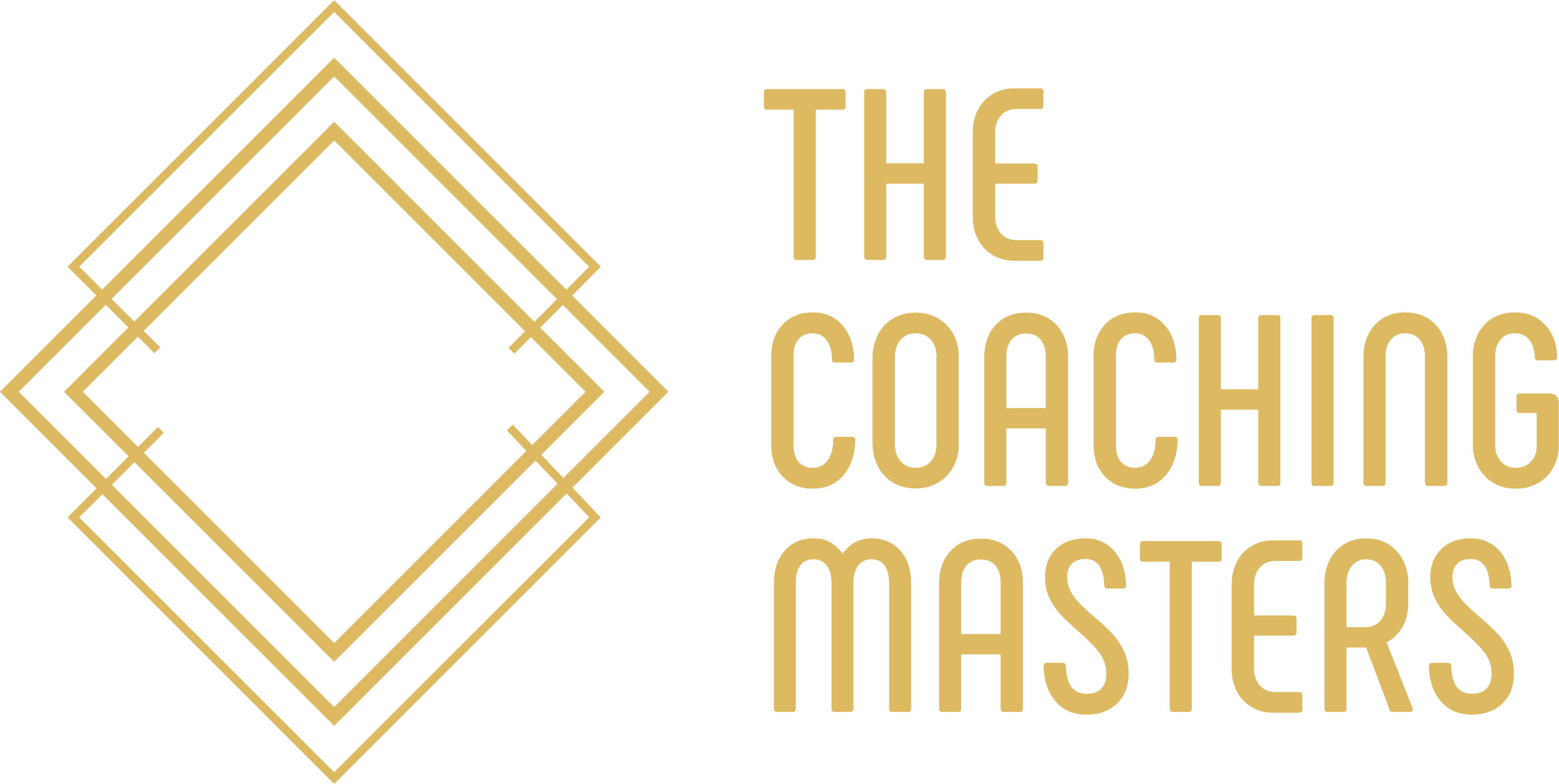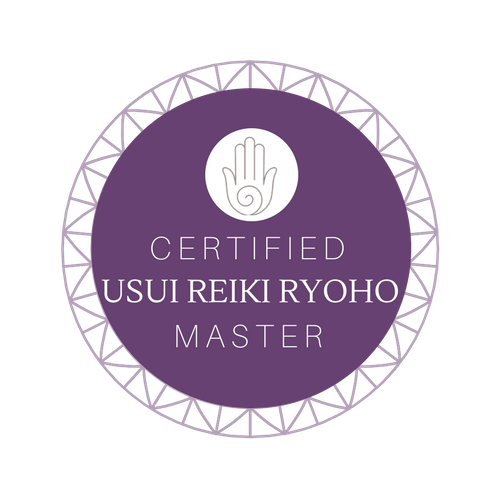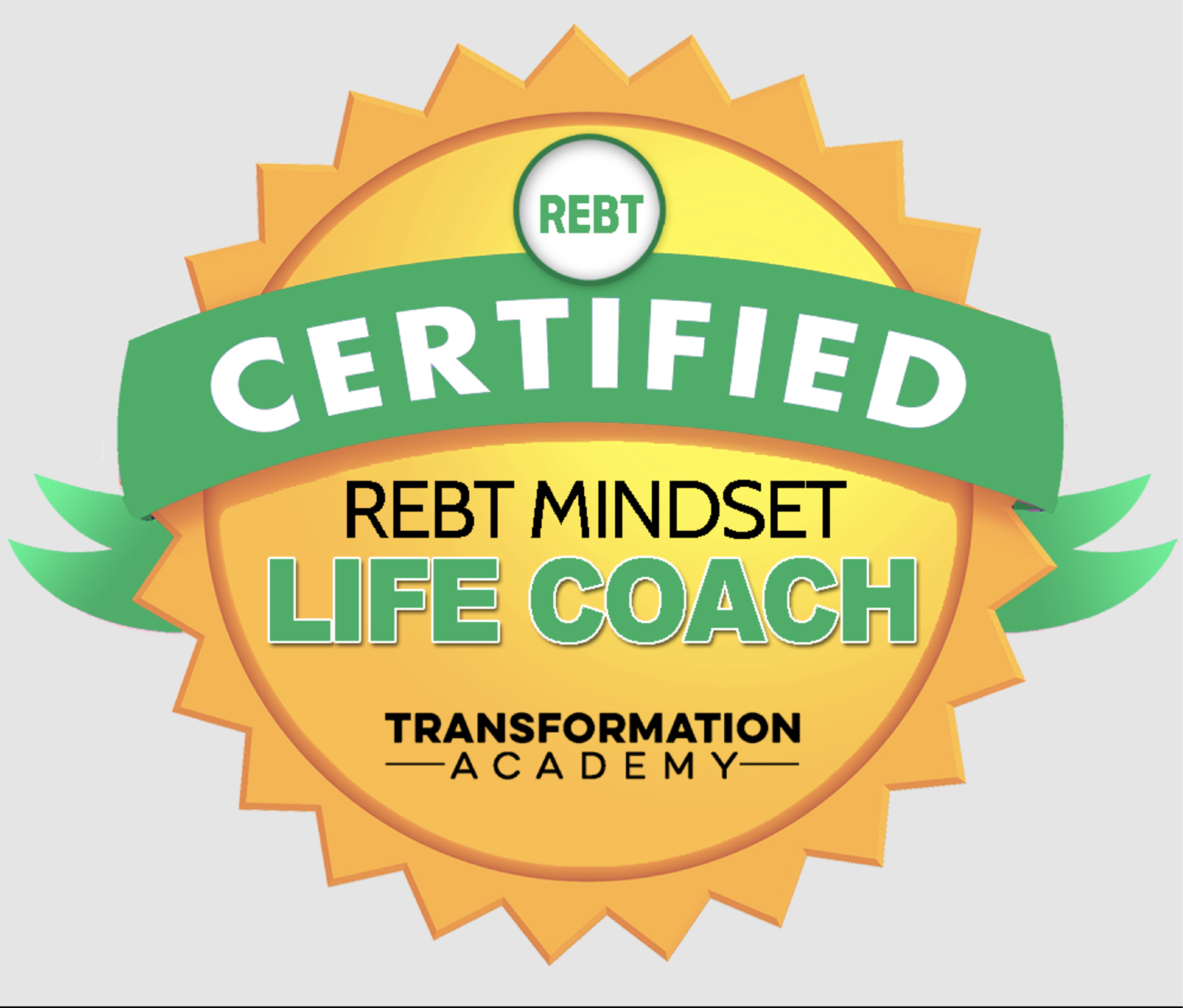Buddhist Meditation
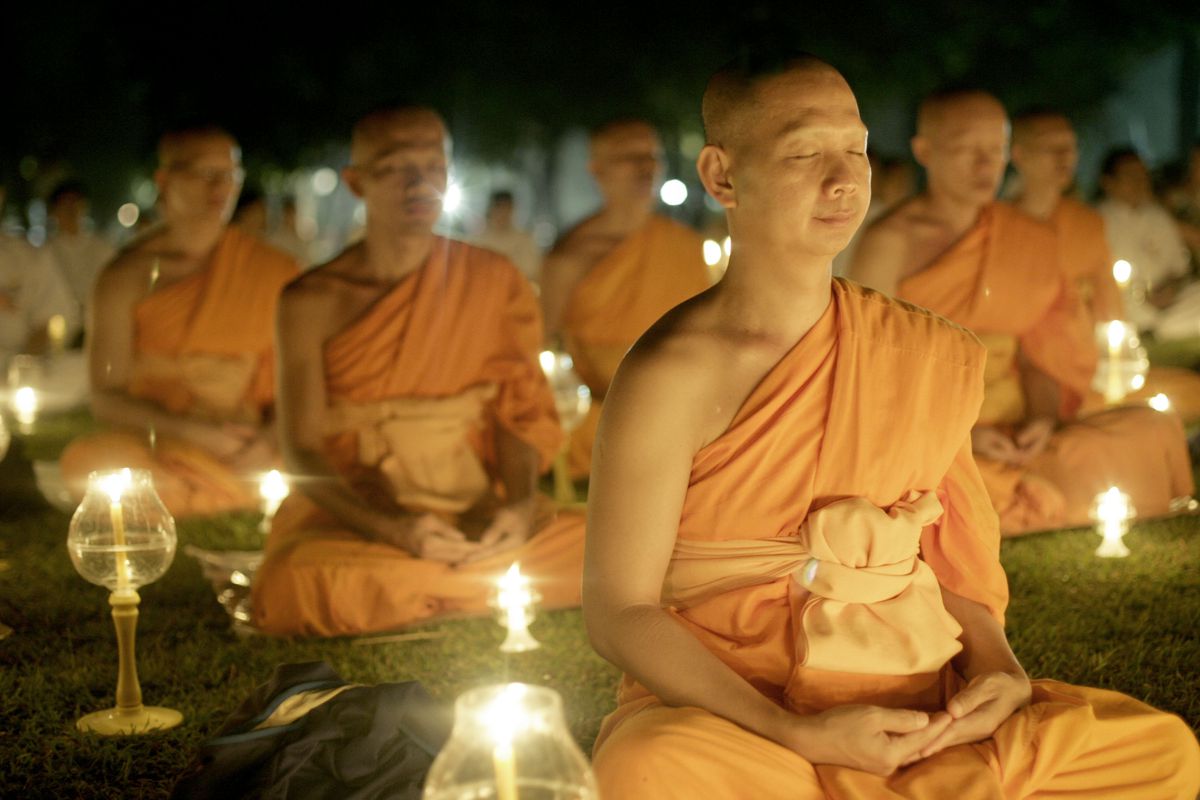
Remember those Chinese martial arts movies that feature monks with their heads shaved off? Well, those folks practice Buddhism which is a spiritual movement designed to make the person find the true nature of life. At the heart of this is meditation which is the means of making this possible.
But to understand Buddhist Meditation, you have to know that Buddhism itself is centered on the Four Noble Truths. First, we have to realize that there is suffering in the world which happens because of our ignorance and our desires. When we do understand ourselves, we can finally find a way to end this suffering. Those who find the answer have reached a state of Nirvana.
This then leads us to the core of Buddhist meditation which is the practice of the eightfold path. These virtues namely are the right action, right concentration, right effort, right livelihood, right mindfulness, right speech, right thought, and right view.
The proceedings of Buddhist Meditation are based on two things. The first is called Samatha which means tranquility and the second is called Vipassana which means mindfulness.
Let's talk about this a little further. Samatha meditation involves a lot of breathing which is designed to develop concentration, detachment, tranquility, and happiness. There are 40 samatha meditations and each teaches the mind to focus on a single object to produce various states of tranquility.
Vipassana meditation, on the other hand, develops self-understanding by being able to comprehend the things that are going on inside one's head. By practicing this regularly, you will soon develop wisdom which makes you free from all suffering.
But do you have to be a follower of Buddhism to practice this kind of meditation? The answer is no even if this technique is based on the doctrines of this religion and revolves around concentration and mind control.
For those who would like to get into Buddhist meditation, the first thing you have to do is find a quiet place where you can do this without being disturbed. Next, get a nice soft pillow or cushion to sit on if the floor is not that comfortable for you.
Now, let your hands rest on your lap with the palms facing upward. It's hard to stay in this position for 5 minutes or more so don t be afraid to make a few slight adjustments. The important thing is that you are comfortable the way you are.
Then it is time to close your eyes and concentrate on your breathing. Anybody can do this but there are 4 proper ways of doing it. You can inhale and exhale long, inhale and exhale short, inhale short and exhale long, or inhale long and exhale short.
It will take some time before you get the hang of things. Don't forget to relax all your muscles so your mind and body can act as one.
Buddhist meditation is just one of the many techniques that can help relieve you from stress, make you think better to have a better outlook in life, and do all sorts of things that will improve your overall physical health.
If you appreciate what Buddhist Meditation can do, you can already invest in cushions, prayer beads, incense, and a few other accessories. It is optional so don't think that just because they are not around that your experience is not a fruitful one.
Different Buddhist Meditation Techniques
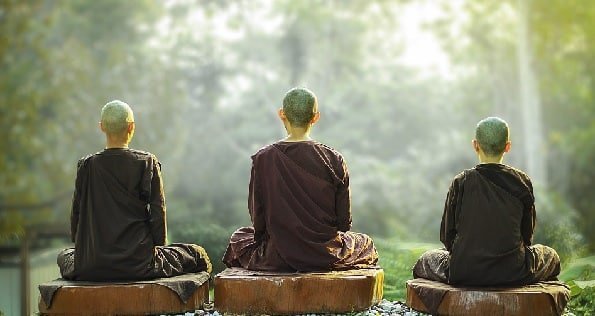
There are several different Buddhist meditation techniques that followers and many meditation enthusiasts practice. Despite their differences, the techniques are all generally based on developing two things, mindfulness and concentration. Attentiveness to the movements of the body and the ever-changing states of mind is to be developed to identify the real concept of self. Objectivity in this case can be a valuable aid to clear thinking. With objectivity comes concentration, the ability to focus the mind and keep focused on a single point or object.
Many Buddhist schools employ different techniques in meditation. Some may focus on such practices as breathing meditation while others on movements. The diversity can be so wide-ranging that there are a multitude of variations available. Most Buddhist techniques can be school-specific. Only a few masters aim to combine and categorize the techniques from several Buddhist traditions.
One of the known meditation techniques is practiced by Western Order meditation master Kamalashila. The teacher identifies that there are five basic methods to be used as a traditional set for meditation. Each method can be used as an antidote to one of the five primary obstructions to Enlightenment, distraction, hatred, craving, conceit, and ignorance.
One of the five basic methods is mindfulness of breathing. This involves the practice of tranquility meditations. This method helps to counteract distraction and aims to develop better concentration. Another of the five basic methods laid out is the Metta Bhavana. This method includes the four brahma viharas and is used to counteract sentimental attachment or hatred. This method aims to develop loving-kindness in a person.
Another of the five basic methods in Buddhist meditation is the contemplation of impermanence. This method can help counteract cravings and develop inner peace and the feeling of freedom. The six-element practice is based on meditation involving the six elements, earth, water, space, air, fire, and consciousness. The six-element practice method of meditation counteracts craving and develops instead some clarity in a person regarding self. The fifth basic method of meditation is the contemplation of conditionality which aims to counteract ignorance and instead develop wisdom and compassion. There are also other Buddhist meditation techniques not identified by the five basic methods. This includes different methods of visualization, meditation by sitting, and walking meditation.
Another of the many techniques used in Buddhist meditation includes the five types of Zen as grouped by Kuei-Feng. In this case, the Zen practices were grouped according to five categories. Although mostly common for Zen practitioners, the techniques are also applicable to Buddhist meditation methods. One of the types is the "bonus" or "ordinary" meditation which is done to achieve physical and mental well-being in the absence of any spiritual goal. There is also the "gedo" or "outside way" which is a meditation that is used for non-Buddhist purposes. The third is the "shojo" or "small vehicle" which is meditation used in pursuit of self-liberation or nirvana.
The fourth of the Zen Buddhist meditation techniques as grouped by Kuei-feng is the "daijo" or "great vehicle" which is the meditation in pursuit of achieving self-realization to experience the unity of all things. Then there is also the "said Jojo" or "supreme vehicle" which is the meditation aimed at realizing the Buddha nature as imminent in all beings.
Click the link below to book your free clarity call or free virtual coffee chat.
Grab a copy of our newletter by completing the form below, this will then be sent to your inbox every month.
My Affirmation For The Week
"Creativity is contagious. Pass it on."
